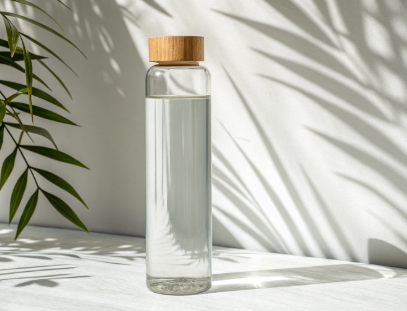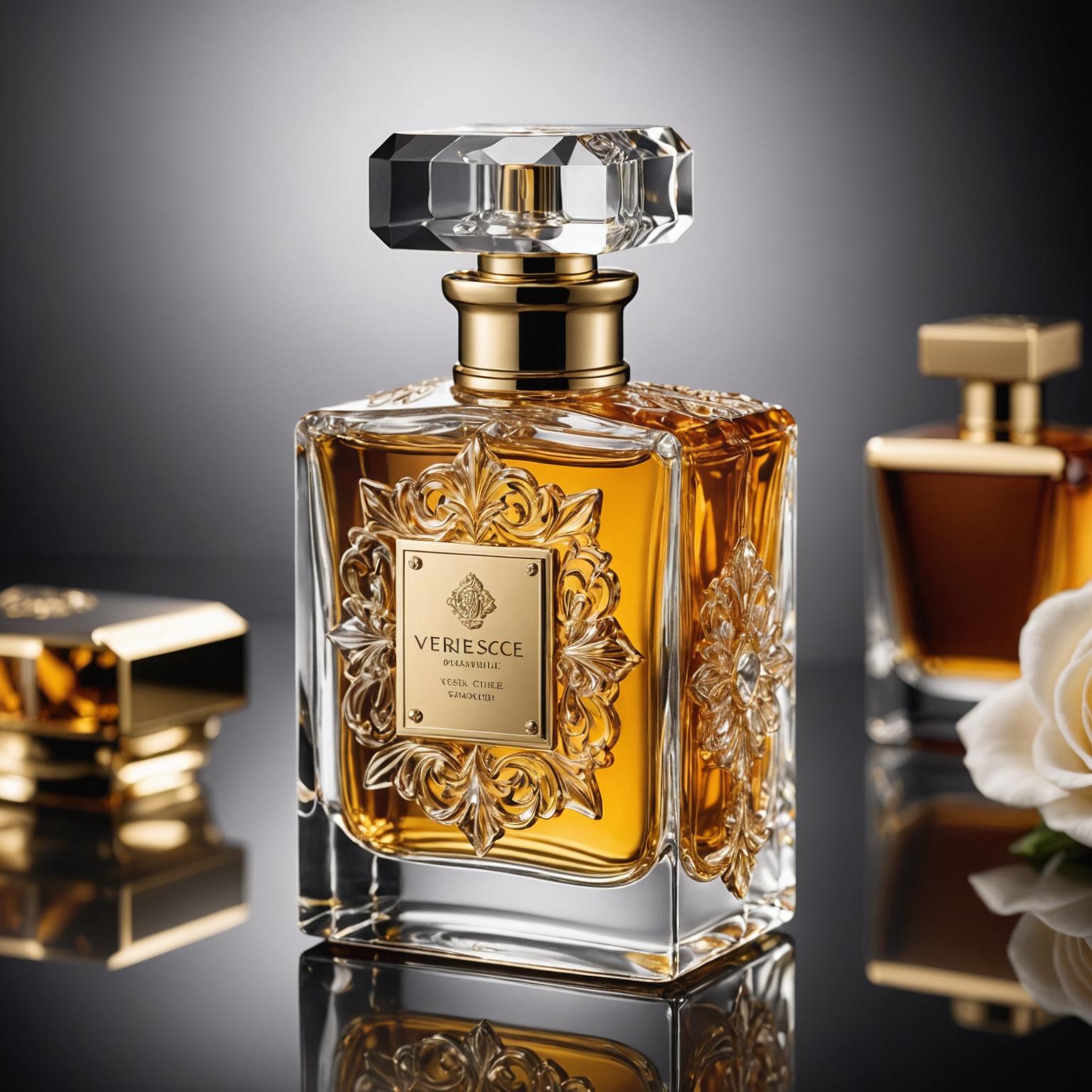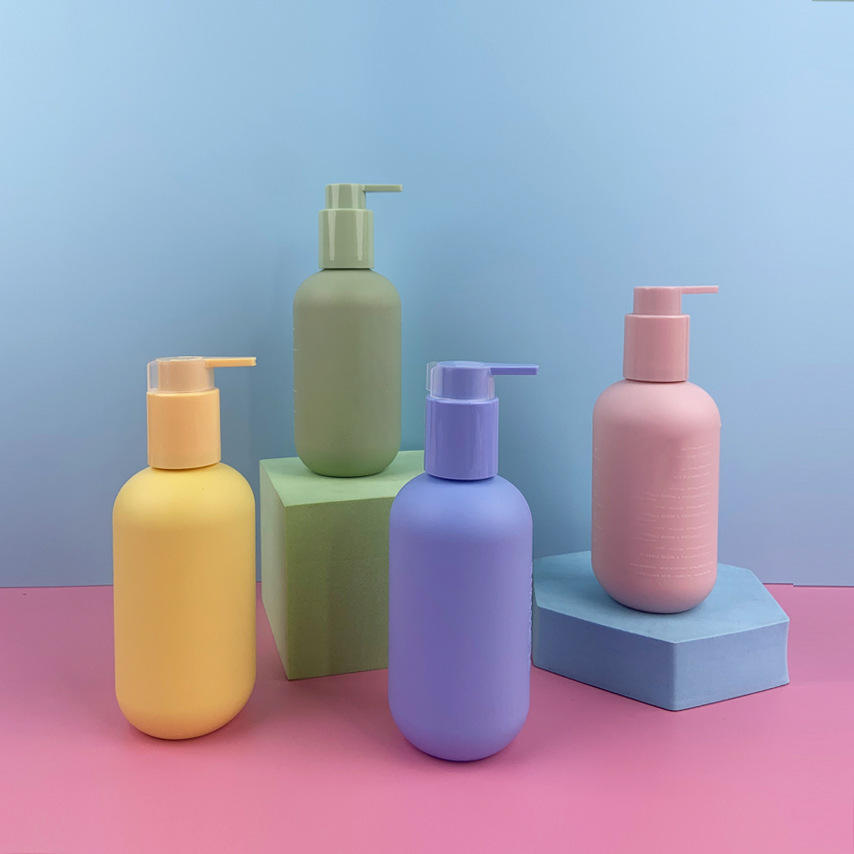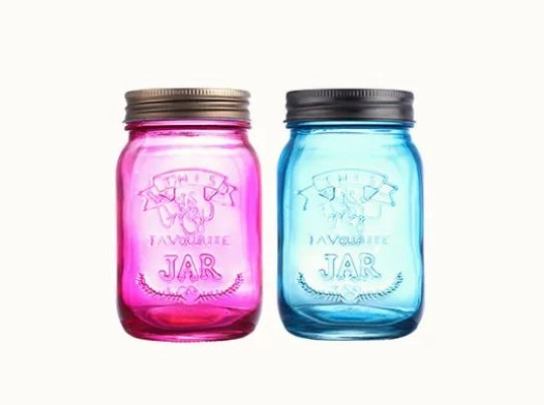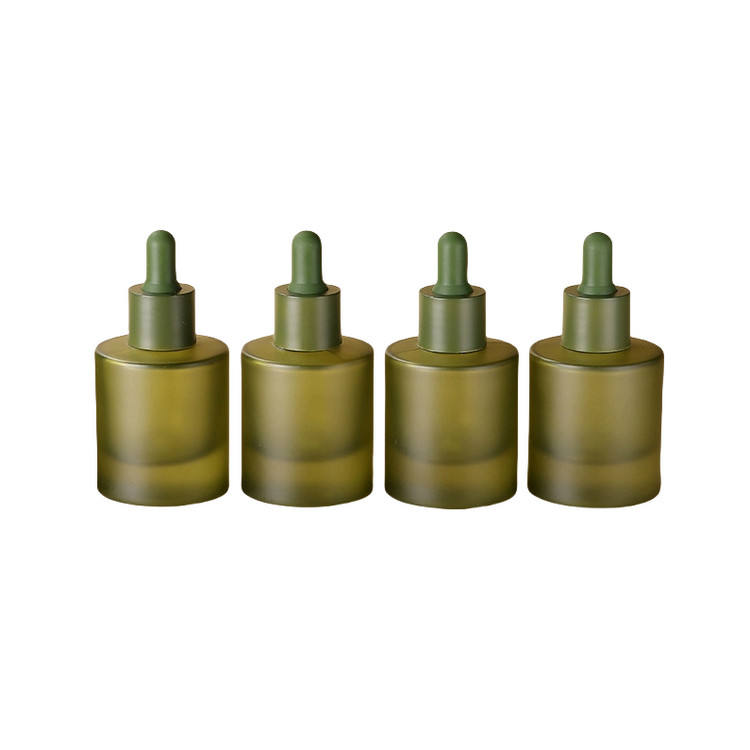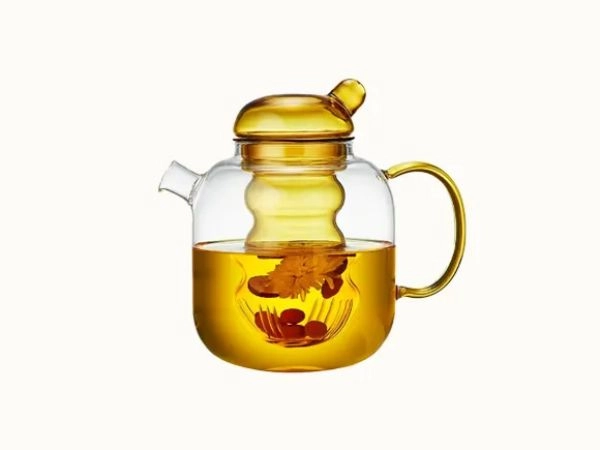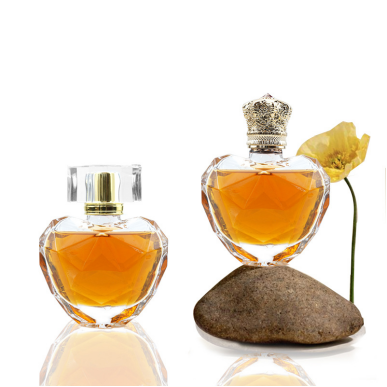Water in a glass bottle = water in a clear, reusable glass container. Glass keeps water pure, with no aftertaste or odor. Most pickglass bottlesfor health and to reduce single-use plastic. Glass is such a great choice for when you’re at home, at work or on the road. It can last a long time if treated well. The latter will reveal more about why glass bottles are a wise choice for water.


The Purity of Water in a Glass Bottle
What I love is that water in aglass bottleremains pure, true to its source. Glass leaches no chemicals or metals, so the water tastes like water should. Whether it’s spring or mineral, glass retains its purity. Some people claim that glass can actually slightly increase water’s alkalinity, giving it a softer feel and potentially a higher mineral content. No plastic-y taste, no weird odors—just water, pure and simple.
Stuff that is made out of sand, soda ash and limestone. It’s non-toxic and won’t off-gas, even if you leave it in the sun or the cold. Glass keeps the water pure, whether you store it on a hot day or in a cold fridge. The outside world doesn’t intrude. If you bottle it from a mountain stream into a glass bottle, it remains unchanged in taste and quality. For this reason, many opt for glass in the case of fine spring or mineral water.
Glass bottlesare simple to wash. Worry-free washing and reuse. They don’t absorb taste from their previous contents. Others say glass may leach micro-traces of minerals like calcium or magnesium, which can contribute something to the water’s worth. Glass doesn’t retain old odors or flavors, so each fill is crisp and clean.
Checklist to keep water pure in glass bottles:
-
Utilize solely food-grade glass bottles, uncracked or chipped.
-
Rinse bottles well before use and after each refill.
-
Store filled bottles away from strong sunlight and chemicals.
-
Use tight-fitting, non-metal lids to prevent exterior odors or leakage.
-
Wash with hot water and mild soap, but rinse well.
-
Never use bottles that once held non-food items.


Health and Wellness Benefits
Glass water bottles provide a transparent advantage for those concerned with what they drink and how it’s stored. Glass is free from BPA, phthalates, or other chemicals found in many plastic bottles. This means no chance of these toxins leaching into your water. For global B2B buyers in solar and beyond, choosing glass can help keep teams safer and encourage healthier daily habits at the office.
Water in glass is tough to beat. Glass won’t absorb odors or flavors, so your water remains pure and crisp, even after stationary hours. Glass doesn’t flavor or add weird notes to the water like plastic does. Its non-porous surface means bacteria have more difficulty sticking and proliferating, which makes it a far more hygienic choice for storage. When you opt for glass, you steer clear of those metallic or plastic off-tastes that often leach into products with extended shelf lives.
There are more wellness benefits as well. Water stored in glass for some time can lose a significant amount of its chlorine, which makes it taste better and reduces the risks associated with chlorine exposure. Glass can allow trace amounts of calcium and magnesium to blend into the water. These minerals support hydration and bone health. Magnesium, specifically, can assist in reducing inflammation while enhancing hydration, which is important for those grinding out those long field hours- like solar project teams. Glass can add a bit of alkalinity to the water. This lends it a smooth, mellow flavor and can add additional health benefits, particularly for those looking for electrolyte-rich water.
Glass bottlesare refillable, reduce microplastic dangers and don’t contaminate nature. The table below shows how glass outperforms plastic for health:
|
Feature |
Glass Bottle |
Plastic Bottle |
|---|---|---|
|
Chemical leaching |
None |
BPA, phthalates possible |
|
Taste/odor absorption |
None |
Yes |
|
Microplastic risk |
None |
High |
|
Reusable/safe |
Yes |
Limited |
|
Mineral enrichment |
Calcium, magnesium |
None |
The Environmental Lifecycle
The environmental lifecycle of water in aglass bottlecovers every step from raw materials to recycling. Each phase—production, use, and end-of-life—shapes the real impact on the world. Life cycle assessments, or LCAs, look at all these phases to show the full cost of choices like glass or plastic. Glass stands out because it can be reused many times. It comes from natural materials—sand, soda ash, and limestone—which are easy to get and safe for the environment. When compared to plastic, glass does take more energy to make. Glass can be recycled endlessly with no loss in quality. This cuts down on waste and saves resources over time.
Glass, not plastic, = less landfill and ocean junk. Glass bottles are robust for return and refills. If they’re used hundreds of times, the impact per use plummets. A few locations even have glass bottle return schemes where bottles are washed and re-filled. Such systems function optimally when the bottles are recycled 15–20 times. Glass has a high recycling rate in most countries. This reduces demand for virgin materials and conserves energy. On the other hand, single-use plastic bottles become trash – even if they can be recycled.
How glass bottles are manufactured and distributed counts. The energy involved in melting and molding glass can be significant, although efficient ovens and local sourcing can reduce this. Supply chain decisions, such as bulk packaging and local bottling, matter a lot. LCAs tend to quantify things like greenhouse gasses, water consumption, and pollution risk. Glass bottles rate favorably on many of these, particularly when reused or recycled. The environmental advantages of glass become more powerful with improved recycling initiatives and intelligent design.
-
Glass cuts plastic waste and landfill load
-
Made from safe, natural raw materials
-
Can be reused and recycled many times
-
Reduced long term effect if return mechanisms exist
-
Less risk of microplastics in water or soil
-
Saves energy and resources as recycling rates go up
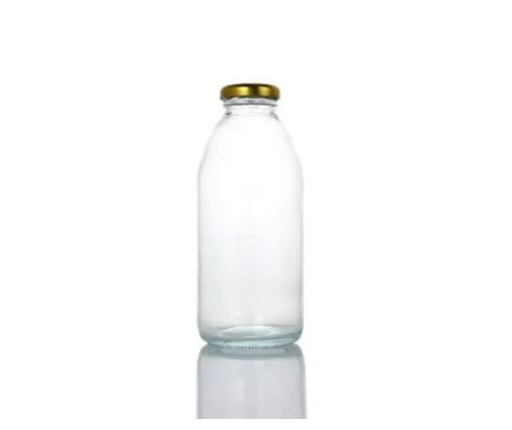

Superior Design and Durability
Glass bottleshave a clean aesthetic and uncomplicated design. They translate well in the office and at home. Most feature a transparent body so you can visibly monitor water levels. The cool glass is nice in hand and doesn’t stain or absorb drink smells. Thick borosilicate glass is typical because it can handle hot and cold drinks without shattering. These types of glass are able to withstand a sudden temperature change, so you can have it filled with ice water or hot tea. Certain bottles have even been tried and did not break after relatively short drops or bumps. Others utilize a silicone sleeve, which aids gripping and prevents chips from minor drops.
The thing is–glass bottles are incredibly durable. Glass may shatter, but a few use thick walls or unique shapes to make them more resilient. Case in point: a broad base, which prevent the bottle from tipping over on a table. A few of them feature a soft, grippy cover which is just easy to hold and slip-proof. If you select a shape that fits your hand, it’s a lot easier to use on a daily basis.
Reusable glass bottles can go for years if you don’t drop them from tall buildings. A lot of people opt for them over plastic because glass doesn’t alter the taste of water. Unlike plastic, glass doesn’t retain old odors or discolorations. Stainless is a solid option, too, but others prefer glass for its pristine aesthetic. In summary, the smarter design and quality materials of aglass bottlego a long way toward durability and have a more elegant feel.
-
Clear, stylish look fits any place or event
-
Glass doesn’t retain stains or odors from old beverages.
-
Borosilicate glass withstands heat and cold, does not crack easily.
-
Silicone sleeves enhance grip and prevent chipping from small drops.
-
Lasts many years with care, better than most plastics
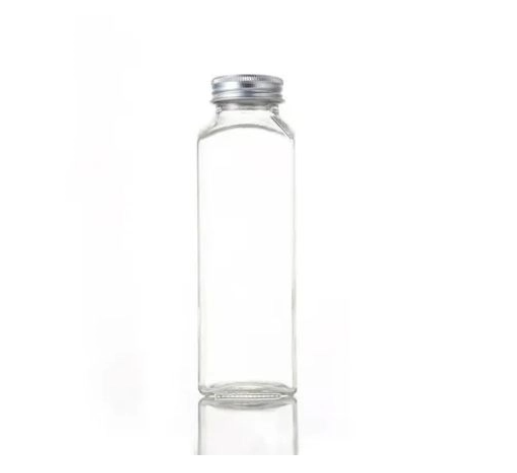

The Psychology of Purity
Consuming out of aglass bottlefrequently seems sterile and secure. Lots of us regard glass as pure, clear, straightforward, and odorless and tasteless. This resonates with the fundamental concept of purity as associated with cleanliness—clean, simple, and absent of that which does not belong. Glass contributes nothing to water. It doesn’t affect taste or smell, so what you’re drinking is water, fresh and clear. For many, this integrity provides reassurance and faith. We associate pure things with being healthy. When you sip from glass, it can taste like a savvy, secure decision for your body.
Seeing water in glass makes a difference too. The transparent design allows you to witness the purity of your water. It makes you believe it more. There’s something simple and sharp about water in a glass bottle. It resonates with neat and simple folks. Some like glass for this very reason. In lots of cultures, pure water represents both health and a kind of spiritual goodness. The form and fashion of the bottle can express a little of your personality. Selecting a glass bottle that feels right in your hand or looks delightful on your desk spices the mundane with a little happiness. These little specifics aid individuals in establishing a habit of hydrating more.
Experiments demonstrate that we tend to choose the good and the clean — even when there are better options in other respects. Water in glass just seems truthful and genuine. Other work actually shows that pure contexts—such as serene nature or hygienic environments—make individuals experience peace and health. Sipping from glass can tap into this sensation, sprinkling a bit of serenity on your daily existence.
Proper Care and Maintenance
Glass water bottles are utilized globally for pure storage and reduced plastic pollution, yet they require consistent maintenance to endure and function optimally. Maintaining them clean, secure and in good form is essential for both hygiene and durability.
Cleanglass bottlesdaily. Rinse with hot water and a little mild detergent, including around the grooves in the cap and mouth where gunk hides. If your bottle features a wooden or bamboo cap, hand wash it gently—these caps absorb water and crack far easier than steel ones, so never leave them to soak or throw them in a dishwasher. For deep cleaning, soak the bottle and cap in hot water (up to 80 °C) for 3-5 minutes, add a little soap drop, shake well and rinse until clear. Make sure to always dry your bottle by leaving it upside down, tilted at an angle so that the water can drain and air can circulate.
Keep your glass bottle of water in a cool dark place. Heat and sun will alter the flavor and even the safety of the water. Don’t store bottles in cars on hot days or outside in freezing weather. Rapid temperature shifts can crack glass or warp the cap, particularly if it’s wood or bamboo.
Please treat glass bottles gently. Glass, unlike steel or plastic, will break if you drop it or hit it. Always inspect for cracks, chips or weak spots prior to filling or utilizing the bottle. Even just a small crack can render the bottle unsafe. With proper maintenance, a glass water bottle can endure for years, so it’s a wise, eco-friendly option.
-
Rinse daily with hot water and mild soap.
-
Hand wash wooden or bamboo caps with care.
-
Deep clean by hot water soaking, up to 80 °C.
-
Air dry, upside down and at an angle.
-
Store in cool, dark places.
-
Inspect for cracks or chips before use.
-
Avoid extreme heat or cold.
-
Handle gently to prevent breakage.
Conclusion
Glass bottlespreserve water’s pristine freshness. Clear glass reveals the natural color and allows consumers to immediately detect impurities. Tempered glass resists scratches and drops. It does not retain odors or flavors. They just love the sensation of cold glass in hand and how it just sort of glistens on your desk or table. Glass equates to less plastic waste. To maintain a glass bottle, simply rinse with warm water and air dry. For those who want pure taste, long life and a minimalist style, glass fits the bill. Want more advice or assistance with bulk orders? Contact us for complete information or a complimentary estimate.
Frequently Asked Questions
Is water in a glass bottle safer than plastic?
Ok, soglass bottlesdon’t have the BPA or phthalates some plastics do. This keeps the water pure and safe to drink.
Does water taste better from a glass bottle?
A lot of folks say water tastes fresher from glass. Glass won’t leach or transfer flavors, so the taste remains crisp and pure.
Are glass bottles better for the environment?
Glass bottles are reusable and recyclable, over and over again. They minimize waste and assist in reducing the consumption of single-use plastics, so they’re a green option.
How do I clean a glass water bottle?
Clean the bottle with warm water and gentle soap. Employ a bottle brush for those tough to clean places. Let it air dry before using again to prevent smells.
Can glass bottles break easily?
Glass is sturdy, though it can shatter if dropped or struck. Most glass water bottles feature a protective sleeve of some sort to help prevent breakage.
Are glass water bottles suitable for hot and cold drinks?
Sure, almost all glass bottles we offer are suitable for hot & cold beverages. Be sure to read the manufacturer’s instructions, as quick changes in temperature can cause glass to crack.
How long does water stay fresh in a glass bottle?
If stored tightly sealed and out of the sunlight, water in a glass bottle remains fresh for a few days. Glass does not leach chemicals, keeping the water pure longer.




